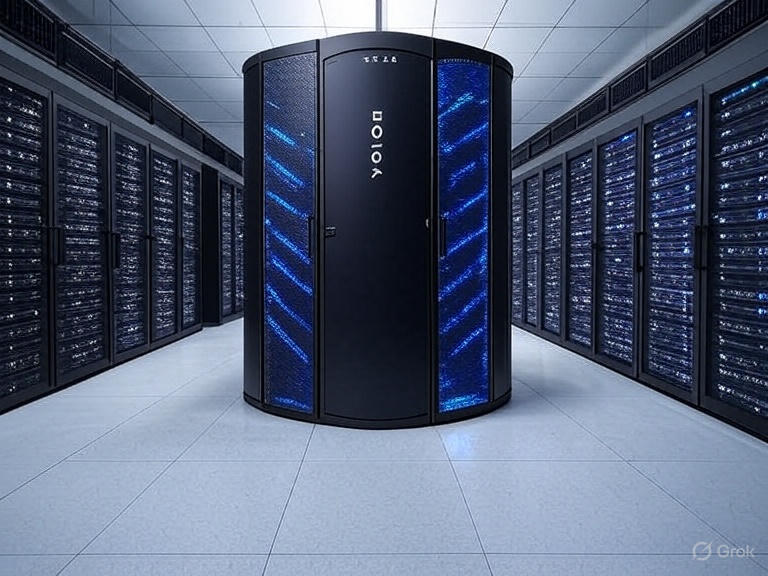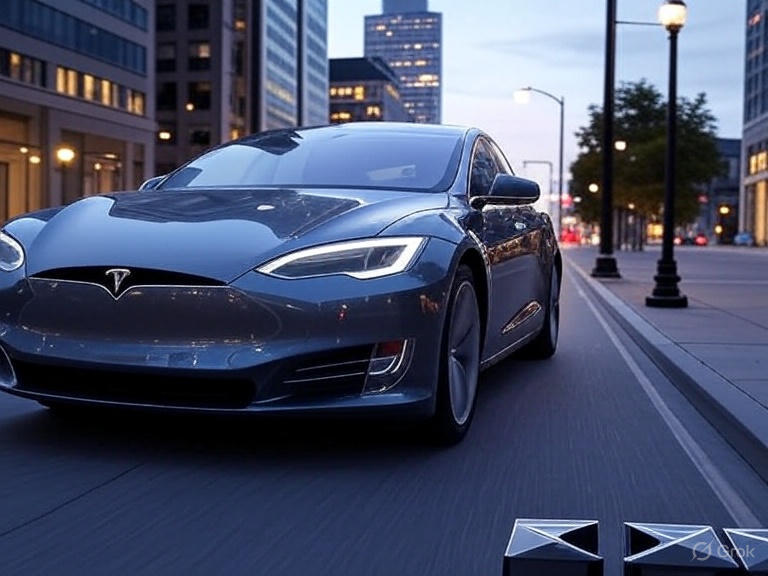Introduction
Tesla has long been at the forefront of AI innovation, powering everything from its Autopilot system to the recently unveiled Robotaxi and Optimus robot. As the company continues to push the boundaries of artificial intelligence, 2025 is shaping up to be a pivotal year. With the Dojo supercomputer scaling up and AI integrations in energy and robotics, what advancements can we expect? This article explores Tesla’s AI roadmap, building on recent developments like the Robotaxi launch in Austin and Optimus updates.

The Core of Tesla’s AI:
Autopilot and FSD Tesla’s Full Self-Driving (FSD) software, an evolution of Autopilot, relies on neural networks trained on billions of miles of real-world data. In 2024, FSD version 12 introduced end-to-end AI, eliminating traditional coding for vehicle control. By 2025, Tesla aims to achieve unsupervised FSD, enabling true autonomy. According to Elon Musk’s X posts, this could roll out globally, revolutionizing transportation and reducing accidents by up to 90%.

Dojo Supercomputer:
The Brain Behind It All Tesla’s Dojo supercomputer is designed to handle the massive data required for AI training. Launched in 2023, Dojo uses custom chips to process video data from Tesla vehicles at unprecedented speeds. In 2025, Dojo Exapod (a scaled version) is expected to be operational, accelerating AI development for Optimus and Robotaxi. Sources like CNBC report that Dojo could cut training costs by 80%, giving Tesla an edge over competitors.
AI in Energy:
Powerwall and Beyond Tesla’s AI extends to energy products like Powerwall and Megapack, where machine learning optimizes battery usage and grid stability. In 2025, expect AI-driven virtual power plants (VPPs), where Powerwalls form smart networks to balance energy demand. This could save users hundreds on bills, as seen in California pilots. X discussions highlight how AI will integrate with solar roofs for self-sustaining homes.
Challenges and Ethical Considerations
While exciting, Tesla’s AI push faces hurdles like regulatory scrutiny and data privacy concerns. Musk has addressed this on X, emphasizing transparency. In 2025, expect debates on AI safety, especially with Optimus in factories.
Conclusion
Tesla’s AI advancements in 2025 will bridge automotive, robotics, and energy sectors, driven by FSD, Dojo, and smart systems. As Tesla leads the AI revolution, these innovations could redefine daily life. Stay tuned to EnergyFutureAI for more insights on Tesla’s tech journey.
Sources: